St. Hallvard's Church and Monastery
The Brutalist building harbors an unusual inverted dome that swoops down over its central sacred room.
St. Hallvard’s Church and Monastery would be a rather nondescript brick building if not for the extraordinary inverted dome that hangs from the ceiling of its main hall.
The church, which is the home base for the country’s largest Roman Catholic parish, is named after the city’s guardian saint. Unlike most churches, where the highest point of the interior rises above the building’s center, St. Hallvard’s ceiling swoops downward to create an inverted dome above its central sacred space. According to the church, the downward-facing dome symbolizes God bending toward his creation, rather than reaching toward the Heavens.
From the outside, the building itself looks rather more mundane. It appears as a blend of burnt brick and concrete, with sharp edges and few windows on three of its sides. Designed by the famous Norwegian architects Lund & Slaatto, the building, which was completed in 1966, follows the Brutalist architectural style that was popular in Europe at the time.
St. Hallvard’s is on the site where the last of the wooden buildings of the Enerhaugen neighborhood’s working-class quarters used to be. The wooden houses were moved to the Norwegian Folk Museum (Norsk Folkemuseum) on Bygdøy. The church is hidden in the midst of the five large residential high-rises on Enerhaugen hill, and hence not very frequently visited.
Know Before You Go
The building houses the largest Catholic congregation in Norway, so mass takes place on Sundays. Access it by walking from Tøyen or Grønland. From downtown, the easiest route is taking bus 37 to Politihuset and walking uphill from there.
Community Contributors
Added by
Edited by
Plan Your Trip
The Atlas Obscura Podcast is Back!











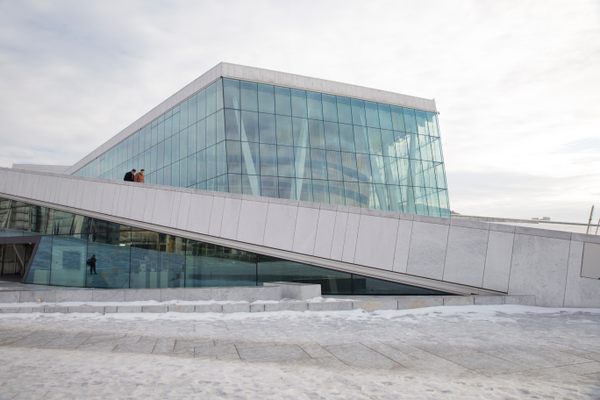

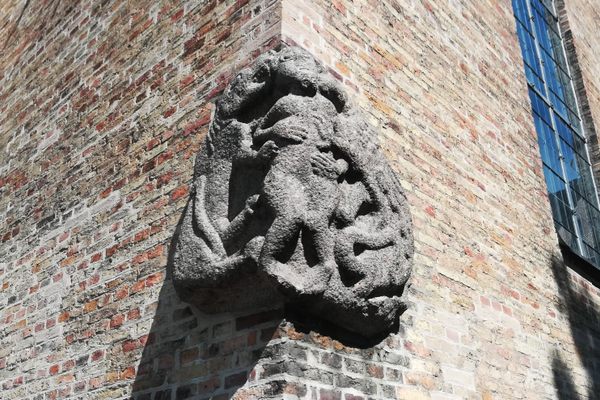

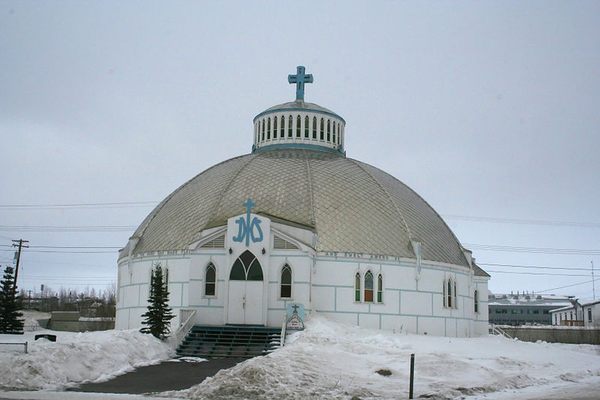
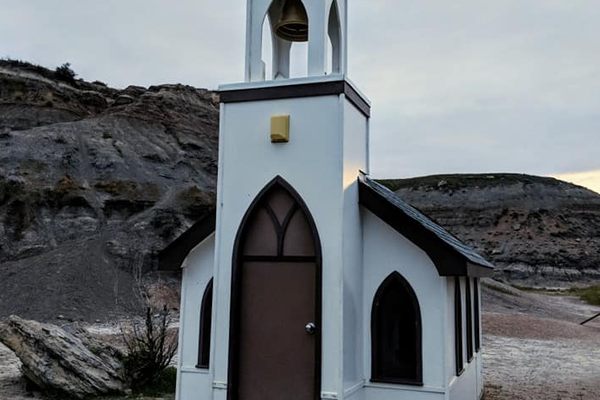
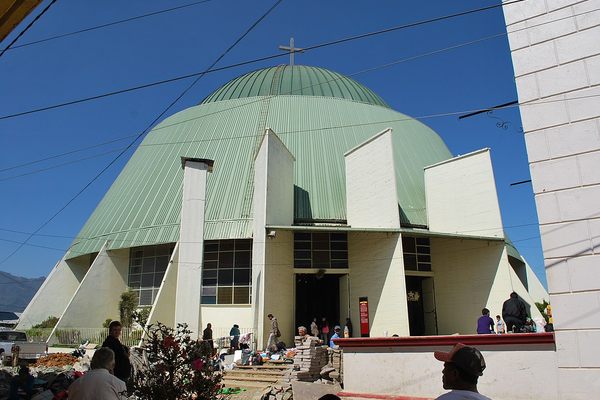

Follow us on Twitter to get the latest on the world's hidden wonders.
Like us on Facebook to get the latest on the world's hidden wonders.
Follow us on Twitter Like us on Facebook